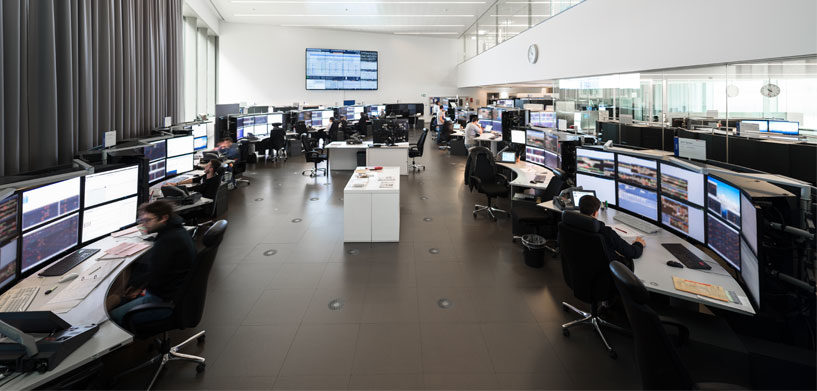It was the early 90s. I had a break after my college classes, so went home for lunch. At first, I didn’t notice anything amiss. But when microwaving my Lean Cuisine, I glanced into my bedroom and noticed all my drawers open and clothing and knick-knacks strewn all over the floor. It hit me like a ton of bricks – I had been burglarized.
Afraid the perpetrator was still in my house, I immediately ran outside and locked myself in my car and reached for my bag cellphone … yes, a cellphone in a bag. (Millennials, look this up, it’s real.)
I dialed 9-1-1, and guess what … they had no idea where I was calling from. It took quite a while, but the call-taker was finally able to locate me and send an officer to clear the scene.
We’ve come a long way
Obviously, this was a life event I’ll probably never forget. But through the years, I’ve often wondered how frustrating it probably was for the call-taker on the other end of the line. I’m sure she wanted to get help to me right away, and it was stressful not being able to quickly pinpoint my call.
Thankfully, public safety technology has come a long way in the last three decades. Advances in communication technology have combined telephony, radio, and computer networks, triggering innovative capabilities and services, such as enhanced caller location, extended call information, and automated emergency alert services like eCall. Next Generation (NG) 9-1-1 / 1-1-2 capabilities – like the ability to receive text, instant messaging, and video – help to deliver better service experiences, response times, and outcomes.
But the scope of NG communications is broad and, as technology cycles shorten, quick fixes and point solutions will not deliver value. Public safety agencies’ responses must be flexible and sustainable to capture immediate opportunities while ensuring they can adapt to change. Above all, PSAPs must ensure they modernize in a way that reduces, not adds to, pressures on call-takers.
Call-taker challenges
Already under pressure, introducing NG9-1-1 / 1-1-2 can present new challenges for call-takers, including information overload, additional screens to monitor, and unfamiliar software required to interact with new communications channels and interfaces. Rekeying information from different tools into a computer-aided dispatch (CAD) system slows and disrupts call-taking and is a source of errors.
Like my call from a cellphone, calls for service that do not originate from landlines cause frustration. A lack of accurate positional data can delay pinpointing the caller’s location, especially if they are in unfamiliar surroundings, a remote area, or a complex site like a shopping mall.
Being separated from the person in need also amplifies the stress call-takers feel. A study by Dr. Michelle Lilly examined the prevalence of post-traumatic stress disorder (PTSD) in telecommunicators and found 18-24% of them exhibit PTSD symptoms. All first responders can experience feelings of helplessness and guilt about a negative outcome, but the effects can be worse in call-takers because they are physically separated from the scene and only hear the sounds of fear and anxiety. The study found that the process of visualizing the event rather than seeing it firsthand can cause this stress to be more acute and persistent.
Things to look for when upgrading your CAD system
When looking to upgrade call-taking and dispatching systems, PSAPs should strongly consider a system that can do the following:
- Support NG9-1-1 / 1-1-2 multimodal communications and services
- Handle all contact via a single interface, from voice and SMS/MMS to instant messaging and video calls
- Register events faster with automatic capture of call data
- Locate callers precisely using advanced mobile location (AML)
- Understand caller and incident context faster
- Share richer information with responders
Adopting a system that supports these capabilities not only gets the right help to those in need faster, but it also reduces stress on call-takers and helps them leverage NG9-1-1 / 1-1-2 without disrupting their workflows or adding tedious training.
If we could travel back in time using the technology of today, I’m certain my experience would have been totally different. One fact gives me peace of mind … no matter what may happen in the future, we can rest assured there are public safety solutions available that will find us when we need it most.
For more information on Hexagon’s industry-leading CAD system with NG9-1-1 / 1-1-2 capabilities, check out HxGN OnCall Dispatch.















